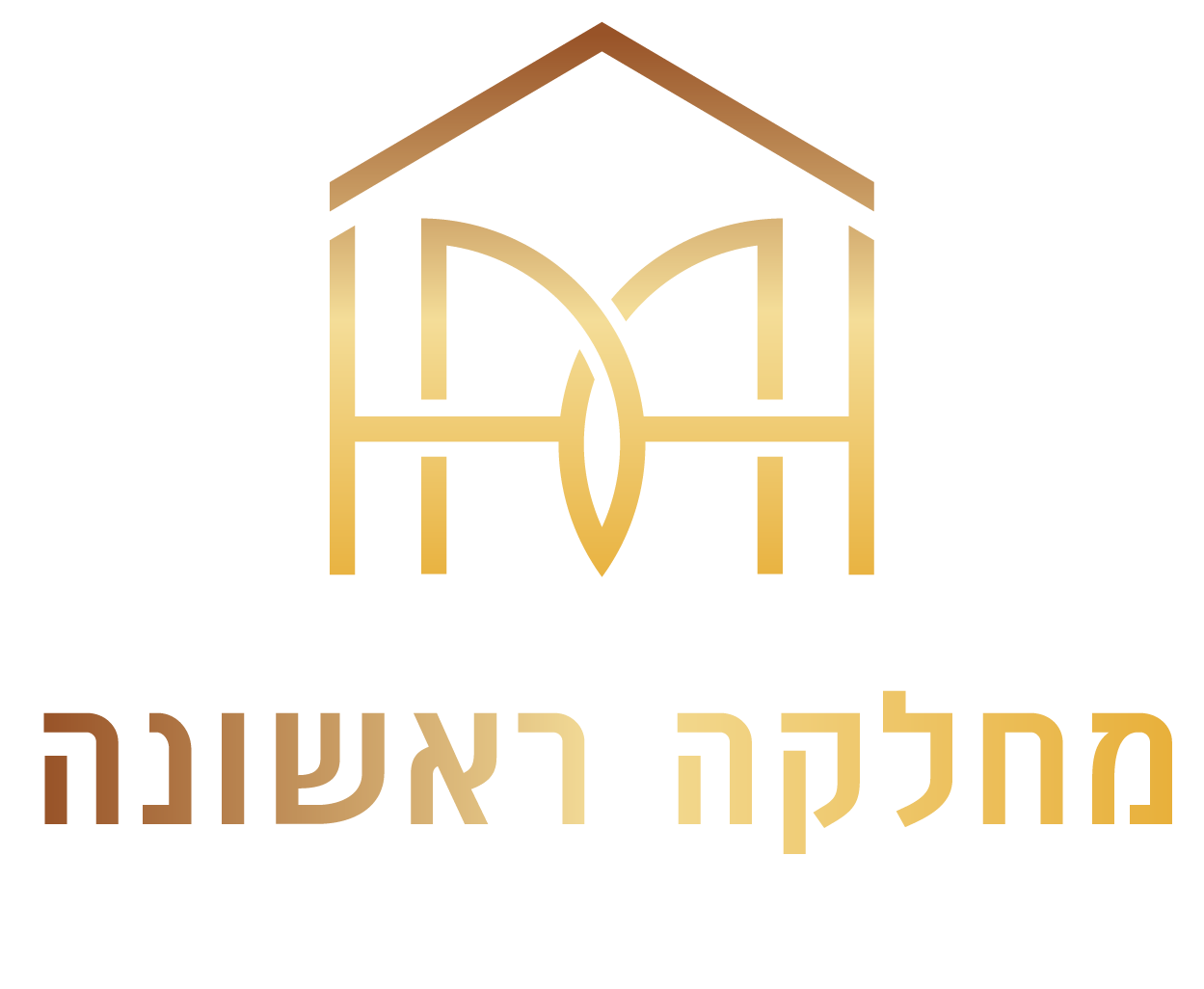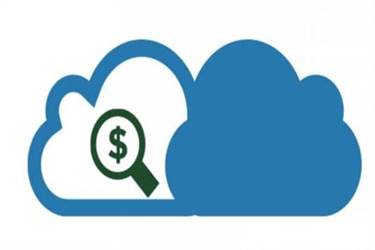This process might occur through dialog, staff constructing workout routines or group introductions. As a staff begins to “form,” they could discover themselves politely defining targets, goals and the purpose of the group. Tuckman’s foundation helps team leaders perceive how team dynamics change as a project progresses.
- In addition to observing small group habits, Tuckman studied over 50 articles on team improvement and recognized tendencies that had been widespread in all of his analysis.
- A communication plan is an outline of how your staff goes to communicate essential info to key stakeholders.
- Team members ought to continue to deepen their knowledge and skills, together with working to continuously improving team improvement.
- A team that has operated in the Performing stage for years can find itself proper again in the Forming stage when new members are launched, or within the Storming stage when new challenges or obligations are added.
Setting a aim, even before you begin working together, establishes some floor rules to focus on and ensures that everybody is on the identical page and moving in course of the same objective. This is the stage when things begin to quiet down as your staff finds their groove. As they develop extra comfortable working together, group members are extra snug asking for assist finishing a task or getting constructive feedback.
Forming Stage
Having a approach to identify and perceive causes for adjustments within the staff behaviors may help the team maximize its process and its productiveness. Team effectiveness is enhanced by a group's commitment to reflection and on-going analysis. In addition to evaluating accomplishments when it comes to assembly particular objectives, for teams to be high-performing it is essential for them to understand their development as a group.
The fifth stage of group growth, also recognized as the mourning stage, is the final stage a group will undergo. After a project is over or if a group is disbanded, team members who labored collectively will go right into a small mourning interval. Group members might have a tough time working with other groups as they had robust group dynamics with their earlier team.
This is also the stage during which group members test boundaries, create ground rules, and define organizational standards.[3] Discussion centers on defining the scope of the task, the means to strategy it, and related issues. To grow from this stage to the subsequent, every member should relinquish the comfort of non-threatening subjects and threat the potential for battle. Behaviors through the Storming stage could also be less well mannered than during the Forming stage, with frustration or disagreements about goals, expectations, roles and duties being openly expressed. Members may specific frustration about constraints that sluggish their individual or the staff's progress; this frustration might be directed in path of different members of the staff, the team leadership or the staff's sponsor. During the Storming stage, team members might argue or turn into important of the group's authentic mission or objectives. In this stage, the priority is for staff members to get to know each other.
The hazard here is that members may be so targeted on stopping battle that they are reluctant to share controversial ideas. Members will typically be enthusiastic about their work and find satisfaction in the outcomes. They’ll also belief one another and interact with a excessive diploma of openness.
The 4 Phases Of Staff Growth
Supervisors of the staff during this part are nearly always taking part. Even the most high-performing groups will revert to earlier stages in sure circumstances. Many long-standing teams go through these cycles many occasions as they react to changing circumstances.
Differences among members are appreciated and used to reinforce the group's efficiency. During the Norming stage, members shift their power to the group's targets and show a rise in productiveness, in each particular person and collective work. The staff could find that that is an acceptable time for an analysis of team processes and productivity. The mostly used framework for a team's stages of development was developed in the mid-1960s by Bruce W. Tuckman. Although many authors have written variations and enhancements to Tuckman's work, his descriptions of Forming, Storming, Norming and Performing provide a helpful framework for taking a look at your individual group. As a project progresses through totally different phases some staff members will depart the project, others will be a part of and a few will transfer into new positions throughout the project.
The Bug Banisher Team begins to carry weekly meetings to share and track progress with all the members. They have created a channel on the cellular app Slack so the team can instant-message all or a number of the members. Communication is flowing in all directions, everyone is engaged, and it looks like they'll meet the launch date originally set by Mr. Marcus on the first assembly. The value of the Banisher is throughout the revenue goal, and production has assured everyone that they will produce the required number of Banisher canisters. There are still times when members disagree and group chief Rina has to step in to referee, but the disagreements are quickly resolved and everyone is ready to get again to the task at hand—getting the Bug Banisher to market.
Stage 2: Storming (people Start Butting Heads)
Dissent is expected and allowed as long as it is channelled via means acceptable to the group. In the Performing stage, the staff makes vital progress towards its goals. Commitment to the staff's mission is excessive and the competence of team members is also excessive. Team members should proceed to deepen their knowledge and abilities, including working to continuously improving group development.
The group might resolve to organize some kind of celebration or ceremony to acknowledge contributions and achievements before it disbands. The adjourning stage is a vital way of offering closure, and it could help staff members successfully transfer on to the following work project or team with the sense of a job properly the four main stages of group development are accomplished. While these four stages—forming, storming, norming, and performing—are distinct and usually sequential, they typically mix into each other and even overlap. For example, if a new member joins the staff, there may be a second temporary interval of formation while that particular person is built-in.
In a typical Rizing engagement groups are shaped and dissolved all through the project lifecycle therefore the continued want to provide management and guidance. Bear in thoughts that, in some circumstances, you might have to reform and relaunch a long-standing group to reap the benefits of all four Tuckman stages. And to be clear, the Tuckman mannequin is just one way of looking at group development. But it’s been around a very long time and I consider it still serves as a good jumping-off point for the concept of seeing teams as organically evolving entities somewhat than "plug and play" machines. And its success or failure very a lot hinges on the knowledge and talent of its leadership. When leaders enable groups to form and develop with unrealistic expectations or too little oversight, unhealthy issues can occur.
While there’s nobody proper way to support your group, try these four methods to spice up your group's cohesiveness. Establishing group collaboration early on may help cut back the impression of—or even prevent—this stage of group development. So when conflicts do arise, it’s important to resolve them with efficient problem-solving as they arrive instead of avoiding them. Having a team with already current collaborative skills https://www.globalcloudteam.com/ might help resolve conflicts more simply and quicker. "Resolved disagreements and personality clashes lead to larger intimacy, and a spirit of co-operation emerges."[4] This happens when the staff is aware of competition and they share a typical goal. In this stage, all team members take accountability and have the ambition to work for the success of the team's objectives.
Stage Four: Performing Stage
Alternatively, in case your staff is having challenges meshing, it could take them longer to get work carried out. To guide your team as it develops, it helps to know the levels of group growth. Team members may really feel quite a lot of issues concerning the team’s impending dissolution. They could additionally be feeling some nervousness because of uncertainty about their individual position or future responsibilities.
Without a transparent understanding of what function each individual performs on the team, relationships can get tumultuous as staff members wrestle to discover a function that’s right for them. Bruce Tuckman, collectively with Mary Ann Jensen, added the adjourning stage to explain the ultimate stretch of a team’s work collectively. It consists of both the final steps of completing the task and breaking up the team. For project-based teams which have been fashioned for a limited time interval, this stage provides a possibility to formally mark the top of the project.
Alternatively, some group members might discover focussing on the duty at hand is an effective response to their unhappiness or sense of loss. As a part of the Five Star Client Service program, we stroll corporations by way of the 7 keys to creating a Five Star Client Service tradition. The ideas are primarily based on the identical rules Five Star motels and eating places use to achieve high-quality service. If your firm focuses on the 7 areas, you will begin to see a cultural shift occur and your firm’s level of client service will rise. The particular person roles your group members play are incredibly essential to team efficiency. These roles could be the official title they have been hired to do, or the function they match into naturally within the group dynamic.
Swarming is a someday conduct, in distinction to mob programming, which can be considered swarming on a regular basis. Behavior of the swarms is method better to be seen as they move together If the process is utilized to the group it will act and provides higher output. You may still should put out the occasional hearth, however on high-performing groups, leaders can typically focus on monitoring progress, measuring outcomes and celebrating achievements.




